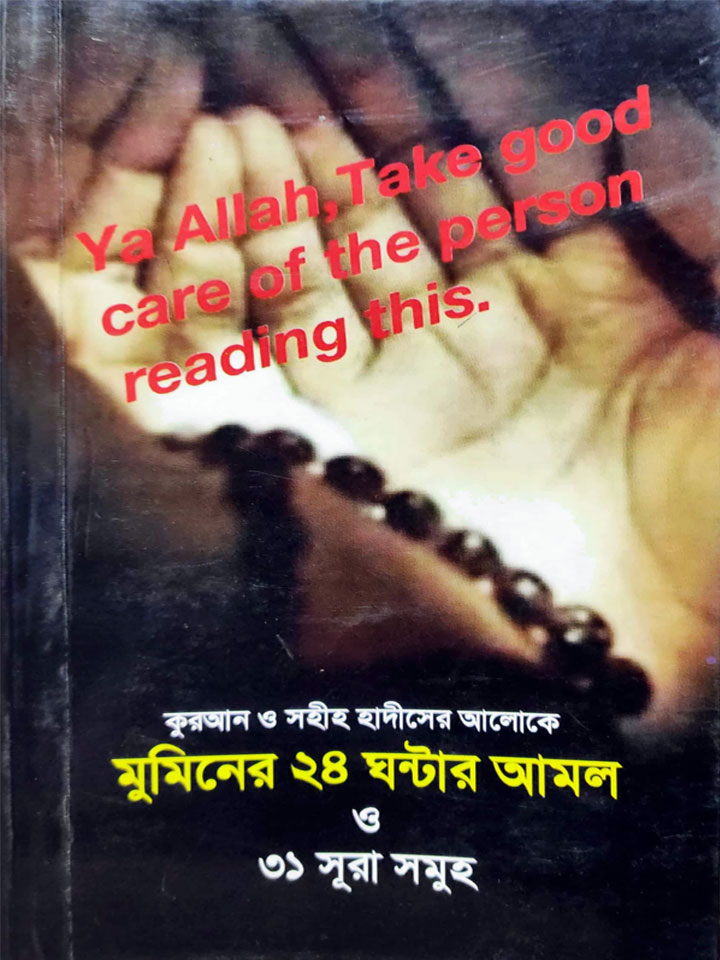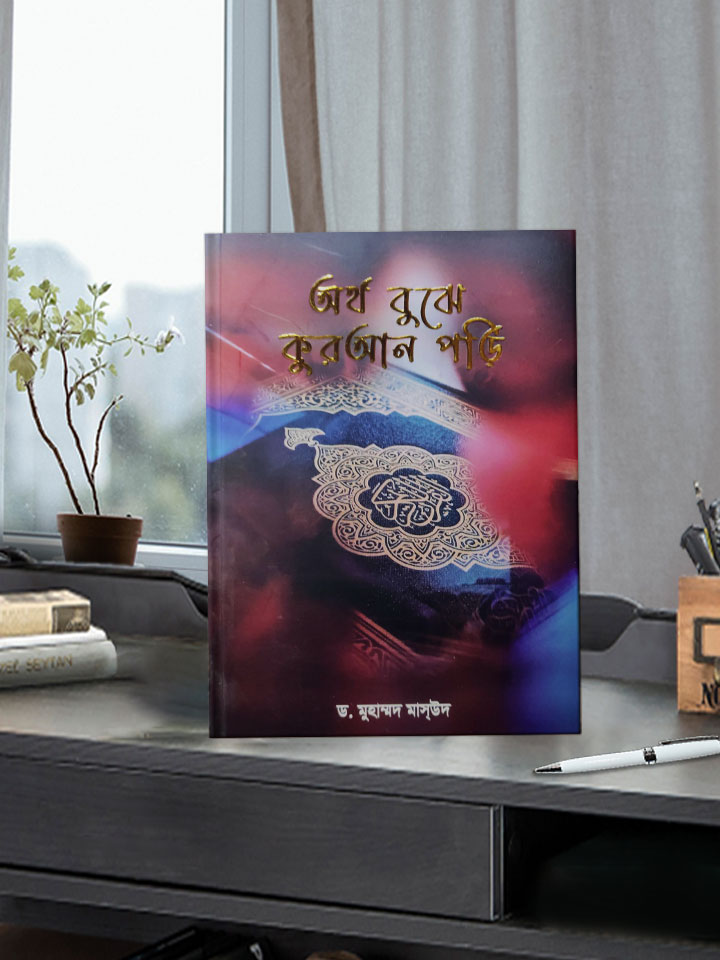-
Profile
Welcome to ilannoor Publication
Sign Up or Login for a personalised experience and faster checkout!
Cart
Sorry, No Product Found. Please Add Some First
Sub total:
৳0
total:
৳0
All Categories
-
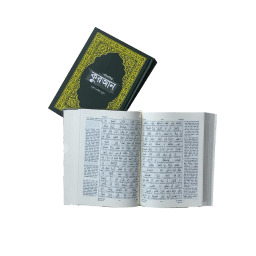 কুরআন ও হাদিস
কুরআন ও হাদিস
-
 শিশু-কিশোর ও প্যারেন্টিং
শিশু-কিশোর ও প্যারেন্টিং
-
 ইসলামি বই সমূহ
ইসলামি বই সমূহ
-
 শিক্ষা কারিকুলাম বই সমূহ
শিক্ষা কারিকুলাম বই সমূহ
-
 পেশা ও উন্নয়ন বই সমূহ
পেশা ও উন্নয়ন বই সমূহ
-
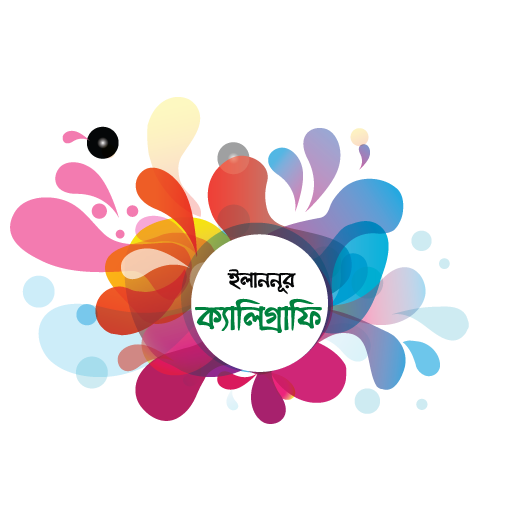 ক্যালিগ্রাফি
ক্যালিগ্রাফি
-
 সবার জন্য আরবি
সবার জন্য আরবি
-
 English Books
English Books
- Motivational & Manners
- Noble Hadith and Hadith Sciences
- Aqidah and Creed
- Tafseer & Commentary
- Children's Book
- Holy Quran and Quranic Sciences
- Books of Hadith
- Dua's And Supplications
- Family and Children's upbringing
- Histories and Stories
- Current Issues and Modern Sciences
- Comparative Religions
- Sharia, Fiqh and Jurisprudence
- Islamic Leadership and Self-developments
-
 লেখক
লেখক
-
 প্রকাশক
প্রকাশক
-
 প্রি অর্ডার
প্রি অর্ডার
-
 নির্বাচিত বইসমূহ
নির্বাচিত বইসমূহ
01407070266 Customer Support

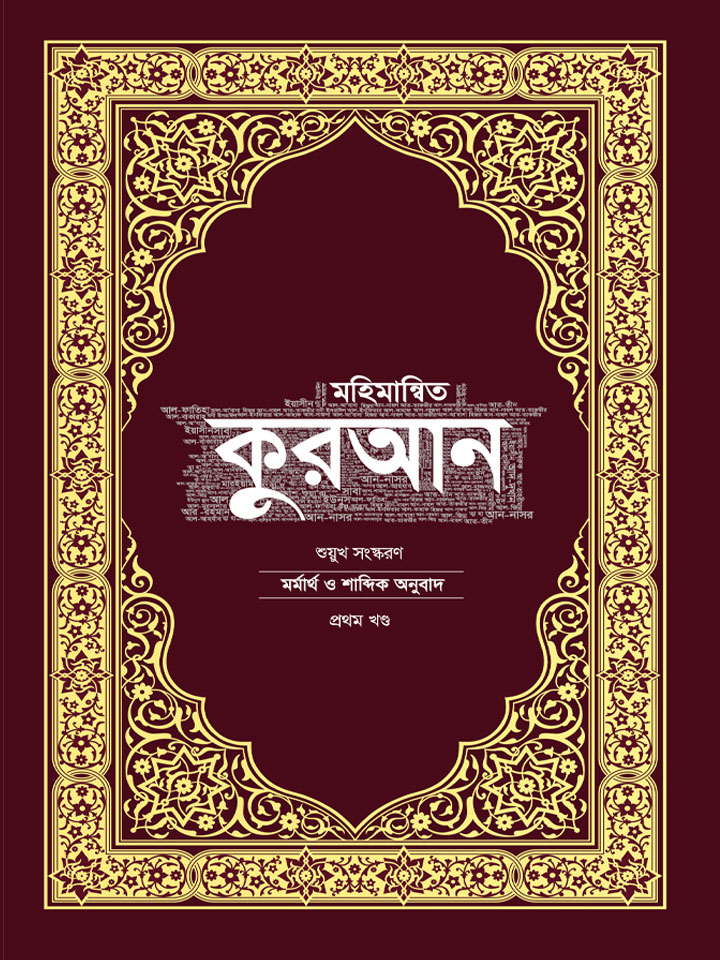)


